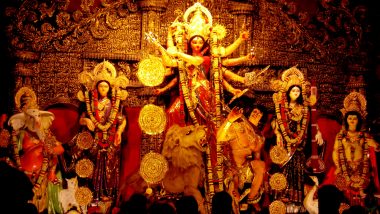It is that time of the year, when there is an excitement in the hearts of every Bengali across the world. They have started counting days and are eagerly waiting to welcome Goddess Durga. On the auspicious occasion of Mahalaya, it is believed that Lord Durga descends on the Earth. The word "Mahalaya" is formed of two words "Maha" or grand and "Alaya" meaning abode. This is not just any other day for the Bengalis. It's a day of celebration, loaded with rich stories and beautiful traditions. Navratri Colours 2018 for Nine Days: List of 9 Colours for Each Date to Wear During Sharad Navaratri Festival.
This year, Mahalaya will be celebrated on October 8, and it is observed seven-days before the start of Durga Puja. Sharad Navaratri 2018: Nine Avatars of Goddess Durga, Navdurga Pictures, Mantras & Celebration Dates of Navratri Festival.
Significance of Mahalaya
Mahalaya marks the end of Pitri Paksha or Pitru Paksha, when Hindus pay homage to their ancestors, and the start of Devi Paksha. On this day, several rituals are performed, like offering food and water as a homage to their forefathers to express their gratitude, known as Tarpon.
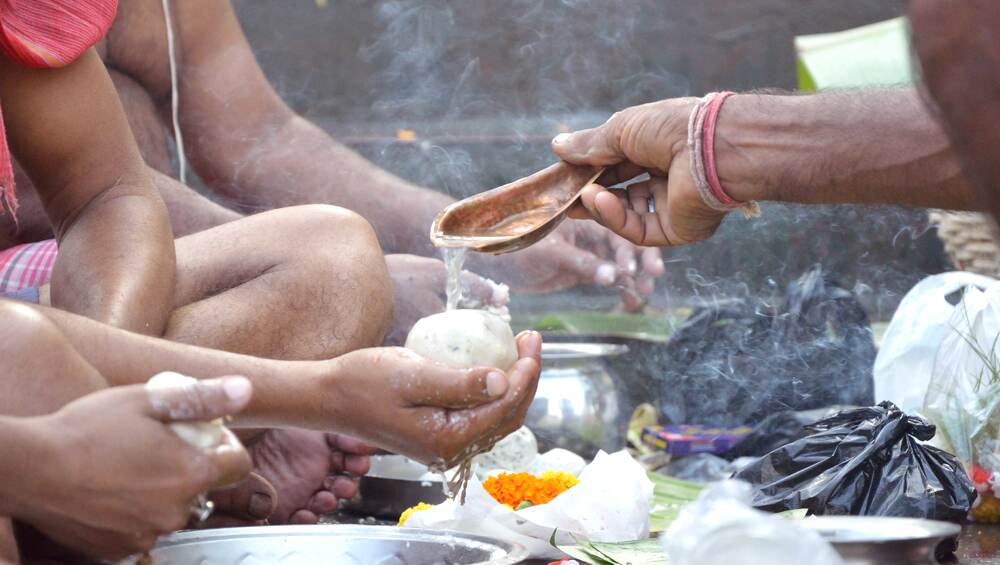
An invitation or an invocation to Maa Durga – "Jago Tumi Jago" – is made in the form of mantras and devotional songs are sung so that she descends on the earth to protect us from all the evils around us. On this day, according to the Hindu mythology, it is believed that Lord Durga comes to her parental house, along with her children-Karthik, Ganesha, Lakshmi, Saraswati, and stays there for five days, before leaving for her husband Lord Shiva's house on the last day, Dasami.
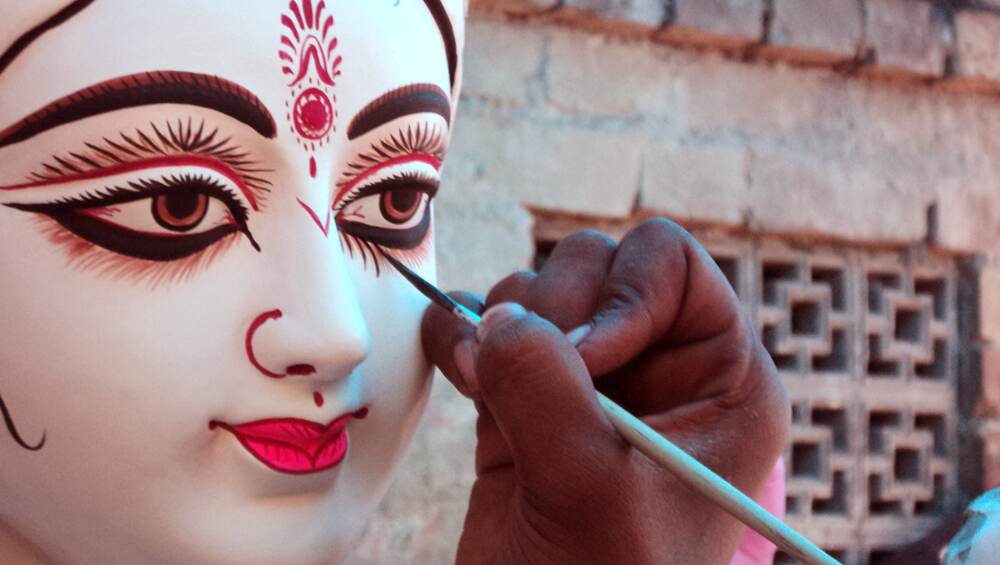
Artisans are busy adding their final touches to their Maa Durga idol and on Mahalaya, she is brought to life (pran-pratishtha). It is also the ritual to paint the eyes of the Goddess on this day, which is called Chakshu-daan.
In most Bengali houses, people across age groups wake up at 4 am and tune in to the radio to listen to Birendra Krishna Bhadra's "Mahishasura Mardini" recitation from the verses of Chandi Path along with Bengali devotional songs. The magic of his voice gives goosebumps and is filled with the rich spiritual essence. From 1958 till today, the pre-recorded version of the same program is aired, and it continues to give the same excitement every time.
The Story of Mahisasura Mardini
Mahisasura Mardini narrates the tale of Goddess Durga being created to save the gods from the torture inflicted upon them by the shape-shifting buffalo demon Mahisasura. The story highlights the increase in the cruelty of the demon king Mahisasura against the gods. Unable to tolerate his tyranny, the Gods plead to Vishnu to annihilate the demon.
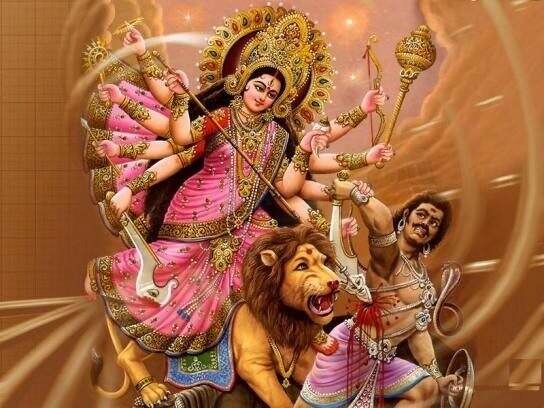
It is then that Brahma, Vishnu and Maheswara (Shiva) come together to create a powerful female form with ten arms--Goddess Durga. Each of the Gods bestows their own blessings and weapons to Maa Durga. Armed with all the weapons, Goddess Durga rides a lion to fight with Mahisasura. After a fierce battle, Durga slays Asura, and in the end, heaven and earth rejoice in her victory. It ends with the powerful chant-"Ya Devi sarbabhuteshshu, Sakti rupena sanksthita Namasteshwai Namasteshwai Namasteshwai namo namaha."
That's the story of Mahalaya and Goddess Durga. The day is a reflection of the triumph of good over evil. The story of Durga and Mahishasur instils hope in the minds of the devotees that goodness and morality will always prevail. Here's wishing all our readers a Very Happy Durga Puja.
(The above story first appeared on LatestLY on Oct 05, 2018 02:50 PM IST. For more news and updates on politics, world, sports, entertainment and lifestyle, log on to our website latestly.com).



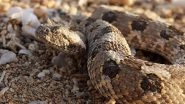
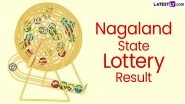








 Quickly
Quickly









